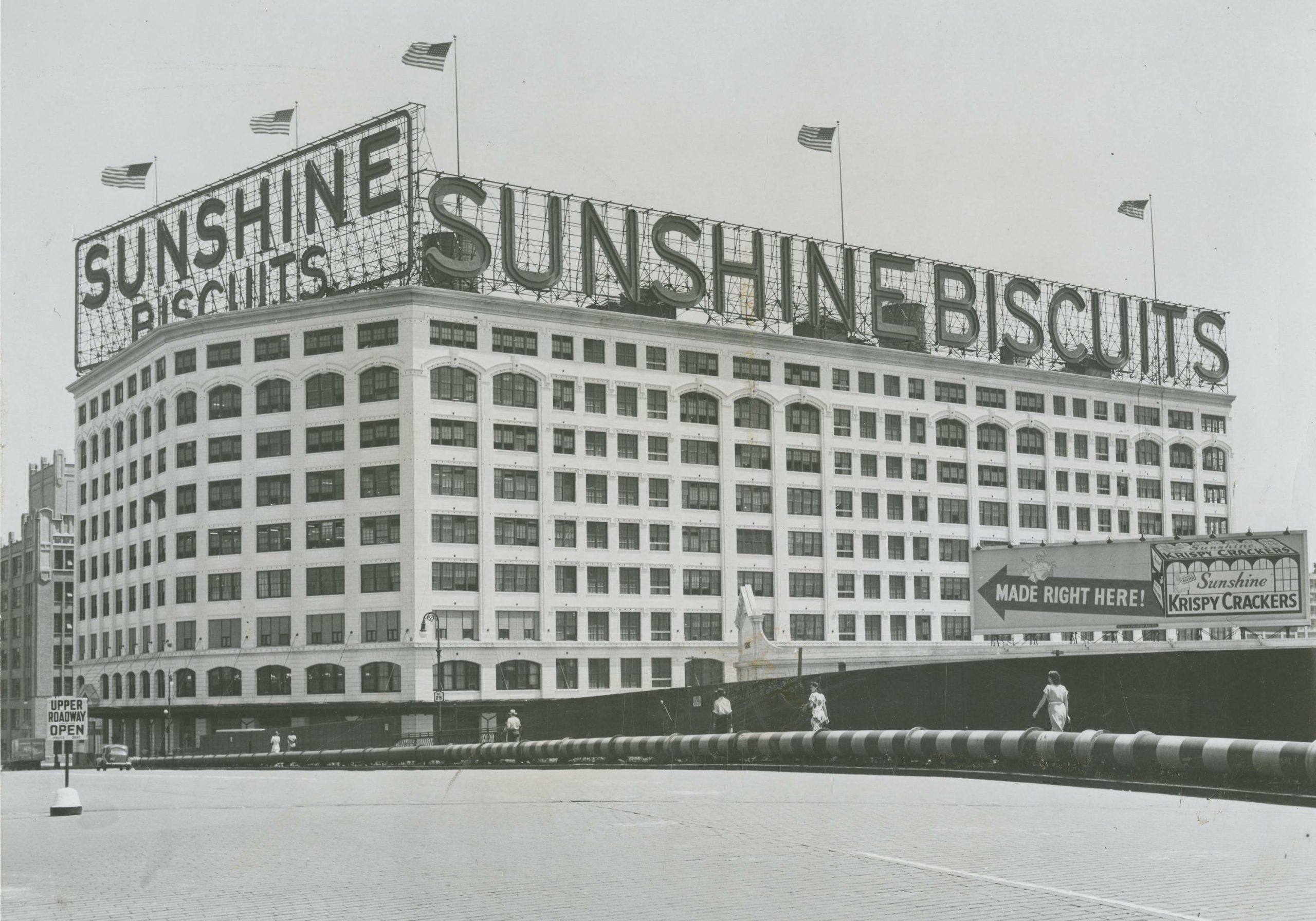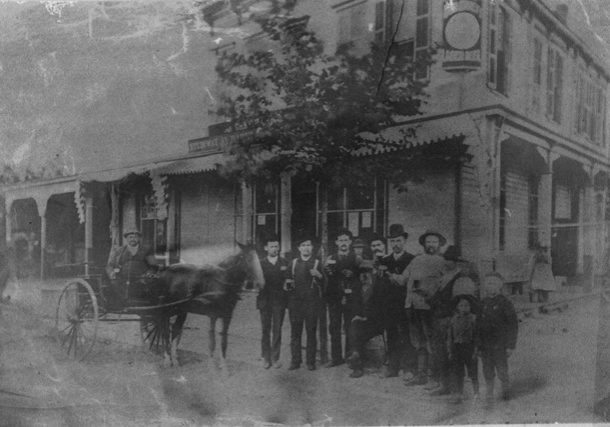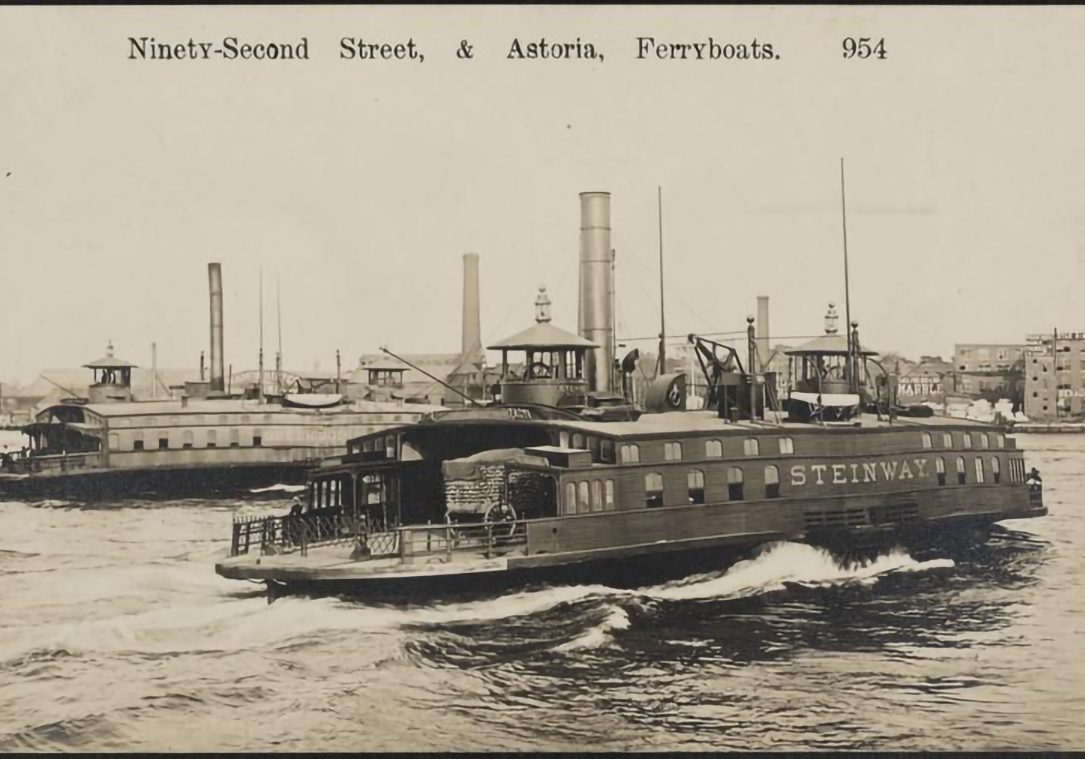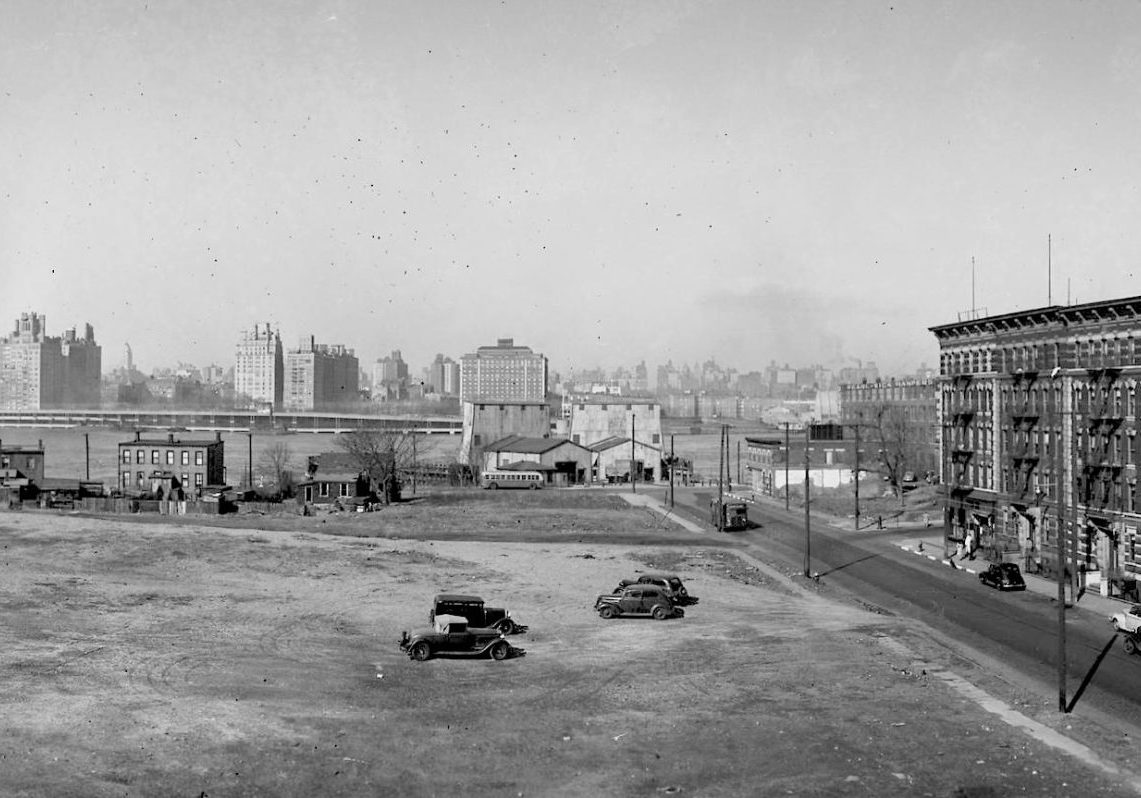ASTORIA’S ADVANCE MASONIC TEMPLE TAKES OLD BUILDING TO NEXT LEVEL
Most regular visitors to the area, and even longtime residents, are probably unaware that in the heart of Astoria there sits an old Masonic lodge. Located at 21-14 30th Avenue and built in 1930, the three-story, red brick Advance Masonic Temple has always been interesting architecturally and stood out against the rest of the nearby residential housing stock.
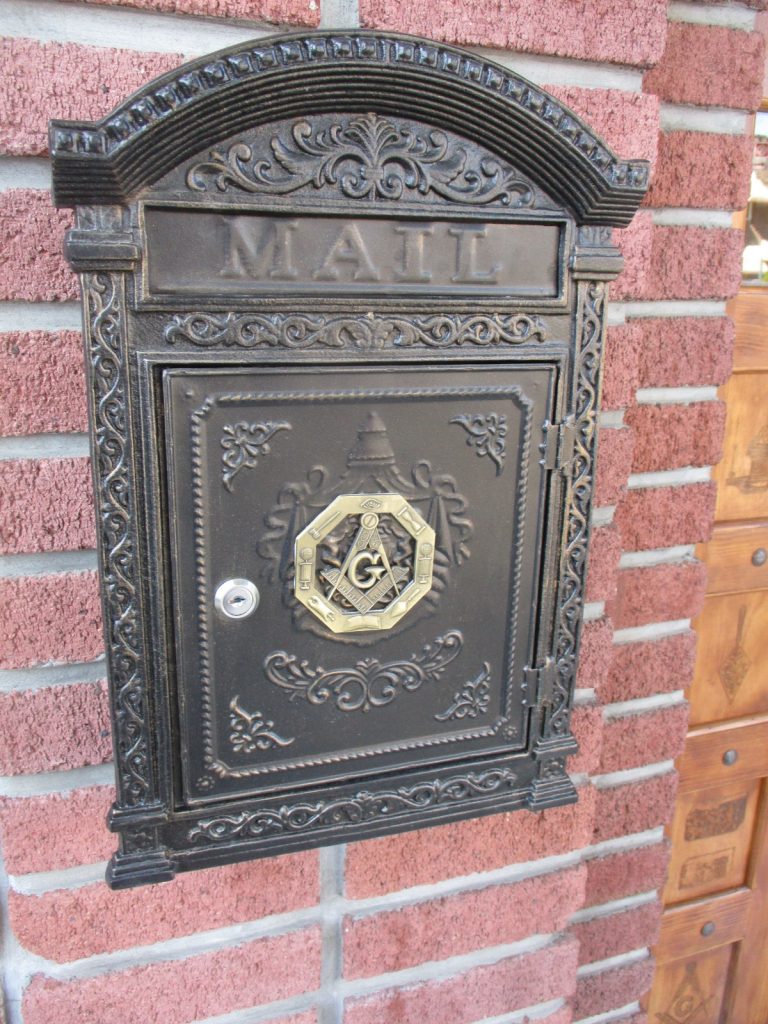
Two tall white columns flank a portico-type entrance, topped by a broken pediment above the door, under which MASONIC TEMPLE is carved in capital letters. Surrounding the top of each column are carvings of four small but fierce looking lions, and relief sculptures of four larger cattle skulls. Recently, however, the entire building has received an extensive makeover–making it much harder to ignore and indeed worthy of an extended look.
The first thing one notices is the fresh paint job. The lion heads and cattle skulls, formerly all-white, have benefited from a blue and gold facelift and really pop now. Next, the floor leading to the entrance has been given a cool black and white chessboard treatment, and the letters spelling out the name are now also gold and stand out at a distance. Even the new mailbox is a work of art, featuring a gold relief of the builder’s square and compass bordered by an octagonal frame embossed with eight Masonic symbols. It’s just another example of the attention to detail and craft behind the improvements to the building.
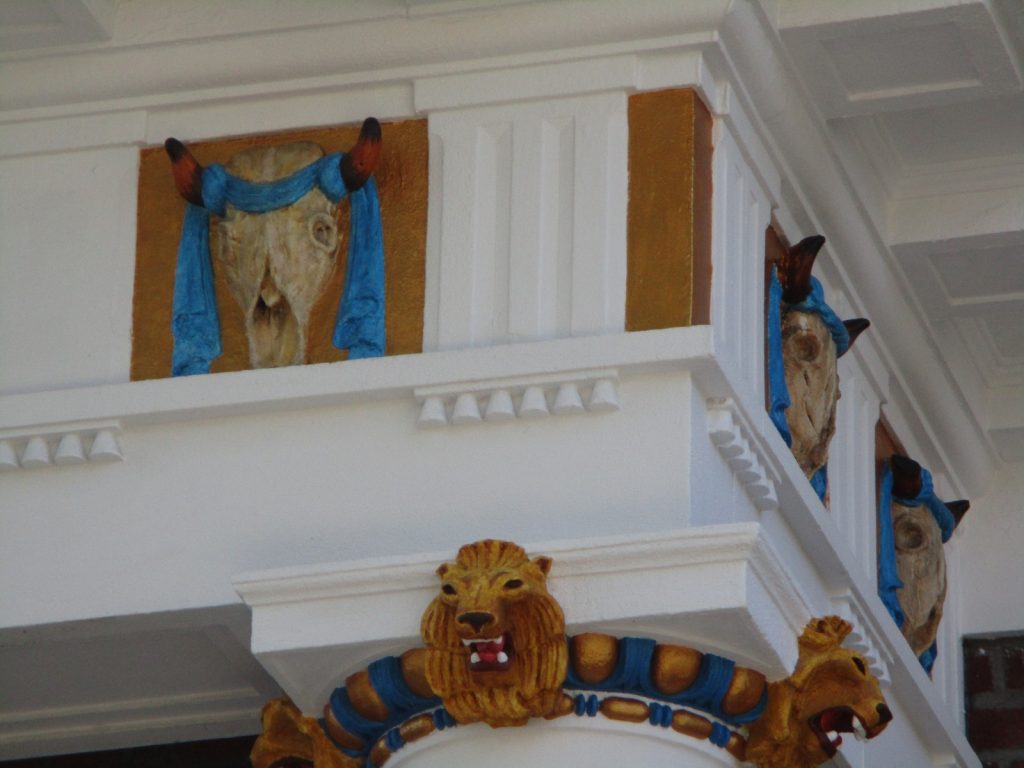
But perhaps the most arresting part of the reconceived Astoria Masonic Temple are the ornate, double wooden doors. They replace a pair of nondescript metal doors that were hardly befitting a place that, after all, aspires to be a temple. The new doors feature individual panels depicting the common Masonic iconography, including the all-seeing eye, a trowel and the crescent moon. Completing the design are two brass door knockers depicting a bearded wise man, and even the handles are hardly run of the mill, elaborately carved in what looks like silver and ivory. The overall effect is impressive, as if no cost has been spared and every feature carefully planned and executed.
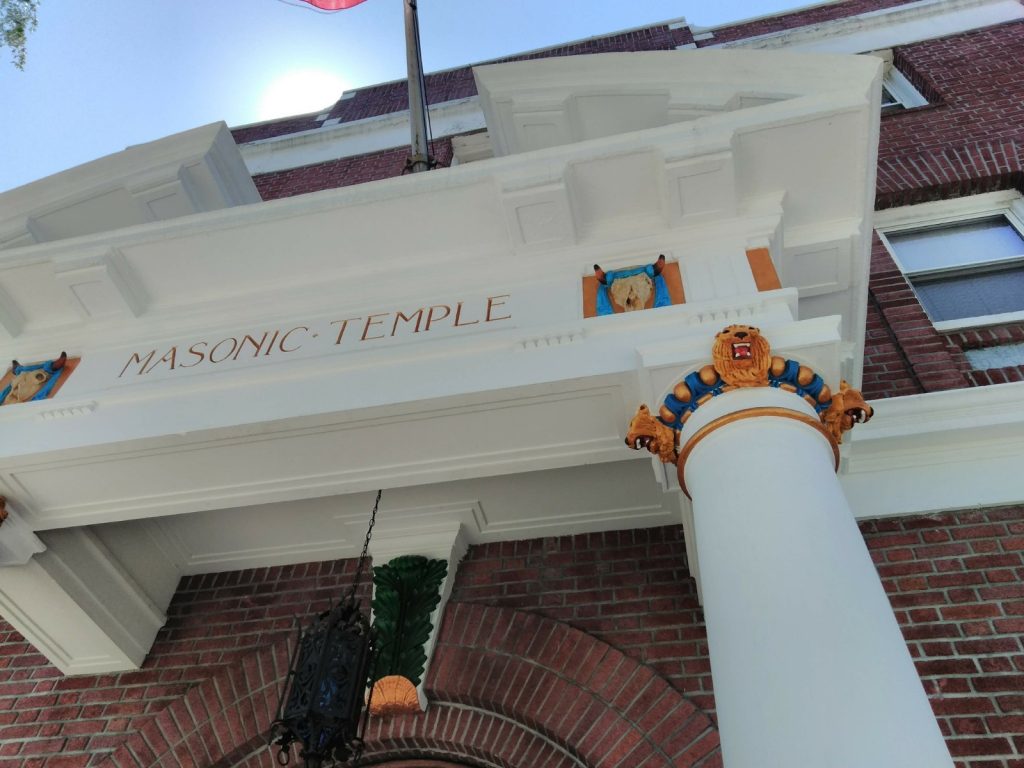
To the left of the entrance at ground level is the Advance Masonic Temple’s cornerstone, featuring the most recognizable symbol of the freemasons, the Square and Compass bordering the letter G, inscribed into what looks like a limestone tablet. The ancient Greek name of the square was “gnomon,” which translates to “knowledge” in English, but other theories speculate that the letter G stands for God, the Master Architect, or Geometry, the science behind architecture. The dates 1867 and 1915, along with the original name of the lodge, No. 635 F&AM, probably relate to the year of the Astoria lodge’s founding and the raising of funds for its construction. The cornerstone itself is actually a signature Masonic concept, representing sturdiness, morality and the sacrifice needed to build something that will endure; the placing of the first stone of a major edifice is accompanied by ritual and ceremony, and sometimes the cornerstones are hollowed out, with small objects like coins, photographs or newspapers placed inside.
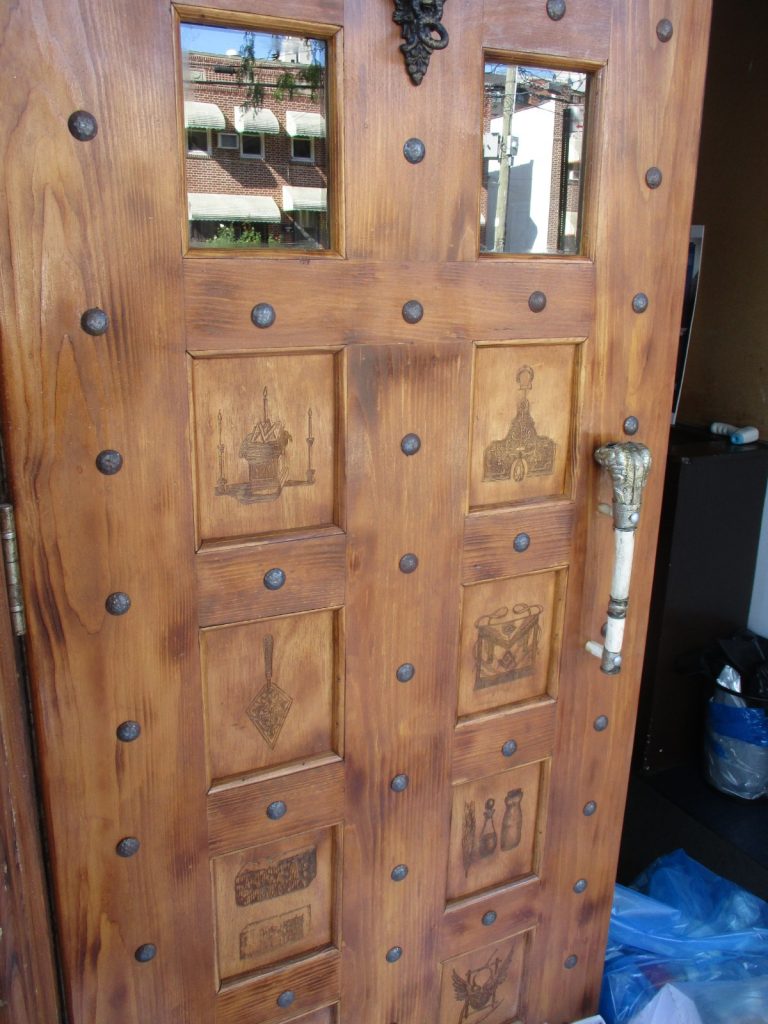
If the current renovations under way at Astoria’s Masonic Temple are any indication, then perhaps the final word on the Masons is a long way from being written. Maybe the next cornerstone will be set by a member who has yet to walk through its doors. Outside the Temple on 30th Avenue, Astoria’s former Grand Avenue, grand designs and dreams are still in on the menu.
One thing is for certain. Even the most notable Masons through the ages had to attend a first meeting before being accepted into ranks. And now the local Masonic Temple has a building that all members, new and old, can be proud of when they assemble under its roof.










